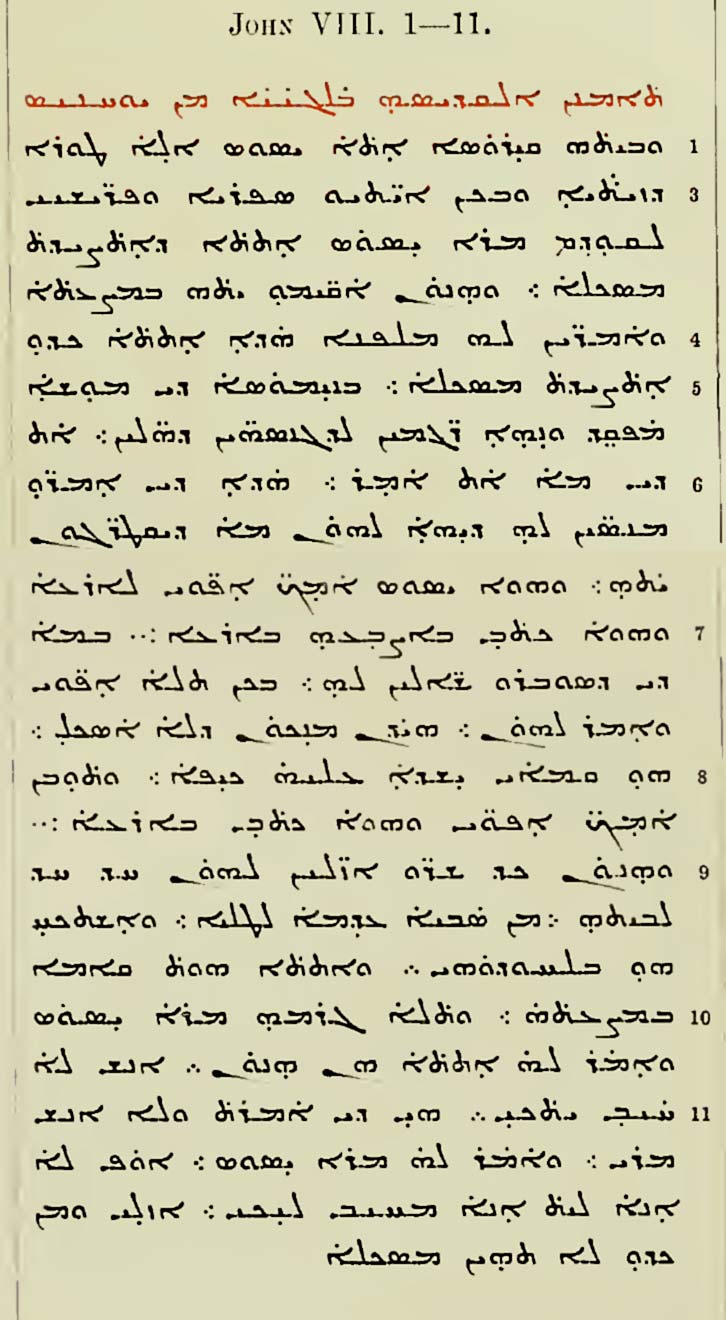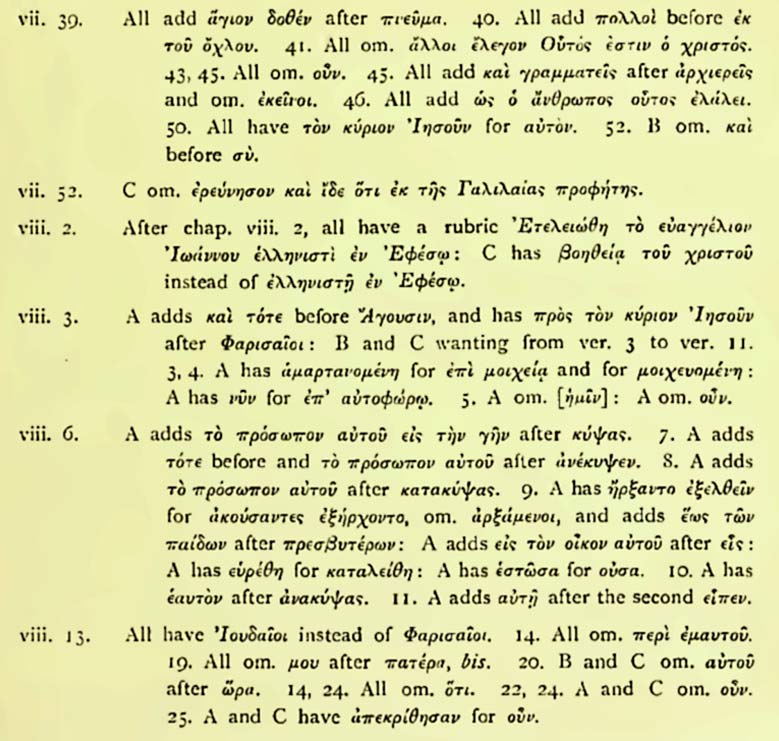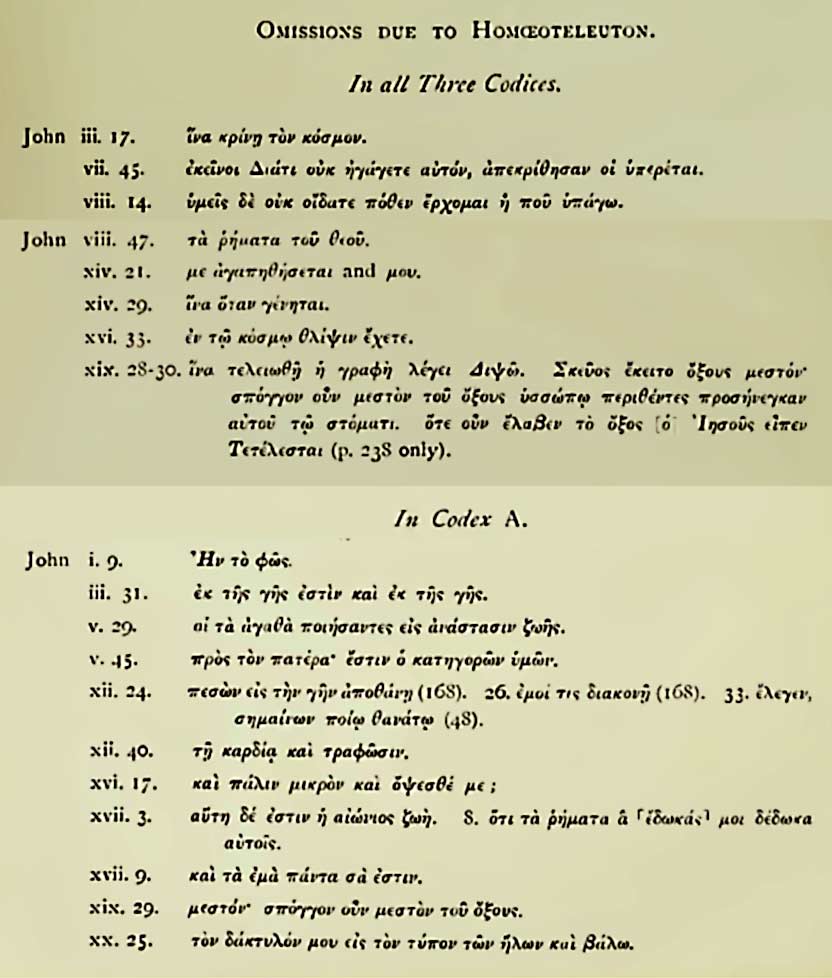INTRODUCTION
Background
The following excerpts are taken from:
The Palestinian Syriac Lectionary (London, 1899)
Re-edited from two Sinai MSS and from P. De Lagarde's Edition
of the "Evangelarium Hierosolymitanum".
by Agnes Smith Lewis, M.R.A.S., and Margaret Dunlop Gibson, M.R.A.S.
Headings have been added for clarity and navigation purposes.
Discovery of the Two Sinai Codices.
In February 1892, whilst my sister, Mrs. James Y. Gibson, and I were examining and photographing some of the treasures in the Convent of St. Catherine, on Mount Sinai, the Librarian, Father Galakteon, called my attention to a beautiful Codex whose value he was very desirous of knowing. He kept it apart from the others, wrapped in a cotton handkerchief, although it had come out of the same box as the now famous Palimpsest of the Syriac Gospels, which was then occupying my exclusive attention.
He asked me to photograph a few pages, and take them to Europe, so that I might be able to give him an account of what the manuscript really was. It was m6re than a week before I could accede to his request, being anxious to obtain a complete copy of the Palimpsest. I then photographed the first two and the last two pages. Having done so, the idea occurred to me that it would be pleasanter if I were able to read what I intended to submit to the judgment of Cambridge scholars. So, with the help of Dr. Euting's table of Semitic alphabets, I managed to decipher a good deal, and was delighted beyond measure when I found it was Syriac, although differing from the literary language both in spelling and in much of its vocabulary. Galakteon was equally delighted when I was able to tell him that it began with the first chapter of St. John's Gospel, and ended with the story of Herodias as told by St. Mark; also that its date was 6612 from the time of Adam.
After our return home we developed my four photographs, and I was told successively by Dr. Rendel Harris, Professor Bevan, and Professor Robertson Smith that I had made a discovery, and that the Vatican Codex described by Assemanus and by Adler could no longer be considered unique.'
When I returned to Sinai in the following spring (1893) I resolved that while Professor Bensly, Dr. Rendel Harris, and Mr. Burkitt should be engaged in copying the text of the Syriac Gospels from the Palimpsest, I would devote myself to the much easier task of collating the Palestinian Lectionary on the recently published text of Paul de Lagarde. But on the very first day of our arrival I found that my work was to be doubled ; for amongst the manuscripts which were produced by Father Galakteon from the same box as the Palimpsest, Dr. Rendel Harris discovered another Palestinian Syriac Lectionary, and taxed me with not having said that there were two copies. The second one is written in a very different hand, and I feel almost certain that it was not shown to me in 1892.
It was necessary to give to each a distinctive title, so I named them according to the order of the dates which they bear, and of the date of their discovery ; the Vatican Codex (A.D. 1030) being Codex A, the Sinai one discovered in 1892 (A.D.1104 ) being Codex B, and that discovered in 1893 by Dr. Rendel Harris (A.D. 1118) being Codex C; and as Codex A has been already twice edited, I decided to give the text of B, with the variants of A and C in parallel columns. Both the Sinai manuscripts are complete in themselves, so that none of the stray leaves of Palestinian Syriac scattered about the Convent library can be attributed to either of them. Both are vellum, the writing being in two columns, and both are in good bindings of wood covered with leather.
The Palestinian Syriac Lectionary and John 8:1-11
I have been somewhat puzzled to account for the presence of a coloplion after John viii. 2. Dr. Rendel Harris has supplied me with the following ingenious hypothesis: that the section pericope de adultera, John vii. 53 - viii. 11, was at one time appended to St. John's Gospel after the final colophon, and that in the Greek or Syriac MS. from which the lessons of the Palestinian Lectionary were taken, the section was removed to the place (between chap. vii.52 and chap, viii.12) which it now usually occupies ; but that this being done by scribes who were not highly endowed with intelligence, the colophon was transported with it.
The section must, in this instance, have comprised only John viii. 2—11, which is present in codex A, but wanting in B and C (see page 60).
...
Possible Sources for the Texts
Most of the specimens of the Old or the New Testament in Palestinian Syriac which have yet been discovered appear to be portions of service-books.
" But," as Mr. Gwilliam observes, " Lesson Books do not belong to the earliest periods of transcription. MSS. were marked for the Lessons long before separate copies were made for use in the Church. . . . Our oldest fragments appear to date from the eighth century at least. To that era belongs the commencement of the composition of Church Lesson Books. There is no proof that the Syro- Palestinian Lectionaries are translations from Greek Lectionaries ; and it may be regarded as certain that they were preceded by complete copies of the Acts and the Pauline Epistles, and of parts, if not of the whole of the Old Testament."
- Gwilliam, Z.D.M.G., xxi., p. 183.
Dr. Nestle, however, considers that all the three codices which form the subject of the present volume are translations from Greek Lectionaries. "In one of the parallel passages of Codd. A and B, John xvii. 7," he says, "occurs the word '[Syriac here]', which in Greek allows of two meanings, and it is taken in Lesson XLIL (p. 53) in the meaning of 'I knew,' and in Lesson CL. (p. 190) in that of 'they knew.' This would not have been the case if the copyist had copied both passages from the same Syriac Gospel."
- Lewis, Introduction, p. xvi
The Syriac
Lectionary
Excerpts from: A. S. Lewis, M. D. Gibson,
The Palestinian Syriac Lectionary (London, 1899)
Syriac Text
John 8:1-11

Syriac Variants from WH (Greek)
A Sample of Variants in this Part of John

Syriac Omissions in John
Identified as Accidental Omissions
due to similar Line Endings